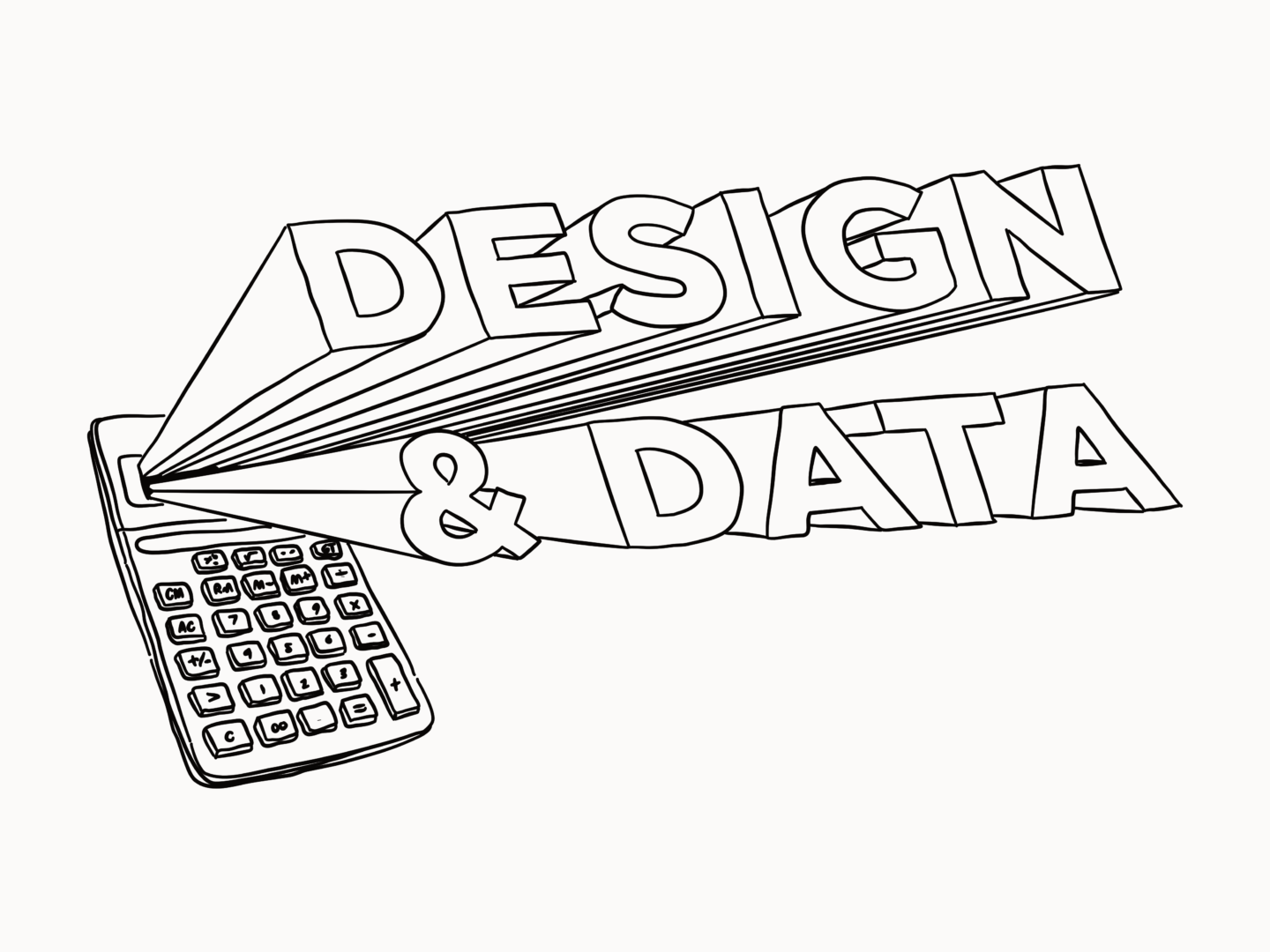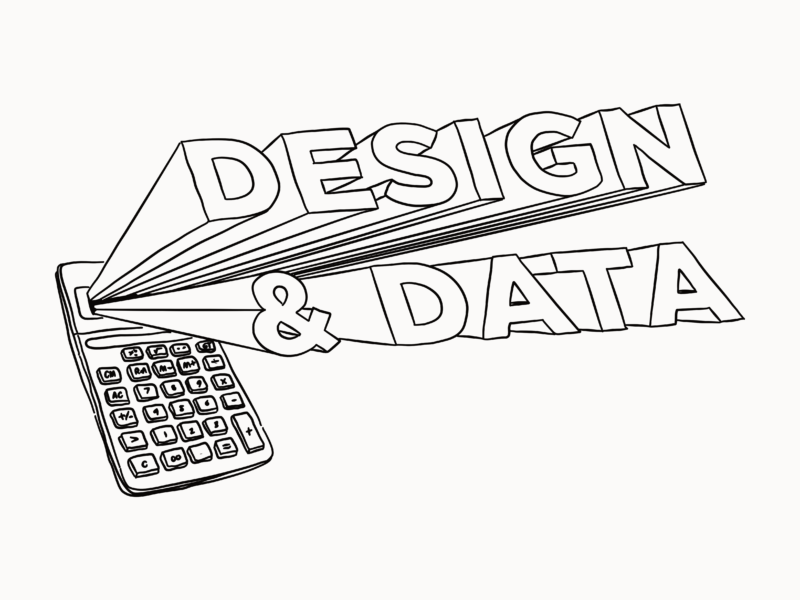Not so long ago one of my colleagues wrote this great piece about why data can’t replace human centred design research. While I agree with pretty much everything he wrote in that piece (David’s an incredibly clever guy) it did get me thinking about the hostility I’ve faced when talking to designers about data and data analysts about design thinking, and why it has always struck me as odd because they could work together so well.
Data is most commonly used to validate design hypotheses and user research. It’s somehow seen as truer, because numbers feel solid, which I think is the issue. A huge quantitative survey that asks users 200 questions is incredibly valuable. But alone it is not enough. Those 200 questions might miss out the most important 2. The lack of follow up means you never get to ask a user why they do something, and why that thing led to the action, and why they felt a certain way. Those giant surveys lack depth and quite often they lack the narrative which actually connects with people.

But those surveys can serve a purpose. They can be used to identify and slice up your audience. We can use them to find what an average behaviour might look like, and so we can find out where they outliers are. Outliers, or extreme users, can often give us the greatest insights into how things work, or rather how they don’t. These are the people who love or hate a service, who hit the enter button more times than anyone else or who wouldn’t touch it with a ten-foot barge pole. Knowing what makes them tick can help shed light on that average portion and what pushes people to either extreme. We can also see what these groups have in common, does everyone who loves your product also love rugby? Does everyone who hates it come from a certain demographic? You can then take that information into interviews or ethnographic research and find out why. Surveys aren’t the only data source that can be used in this way, I’ve seen absolutely fascinating identification and sampling work using DMPs.
Once you’ve found those outliers or any research participant data can be used to track how they actually behave. Most user research is done face to face, interviews or workshops. We rely on what people tell us, and what they tell us is fascinating. Having the opportunity to talk to someone about how they interact with a service, and why they do the things they do or feel the way they feel, is an invaluable part of research. But sometimes what people say they do, and what they actually do can be quite different. For example, if you asked me how much time I spend on my phone in an average day I’d estimate it at maybes 2-3 hours a day. However, I recently downloaded Moment and found the real figure is much closer to 5. Now, I wasn’t lying when I gave my first estimate. Perhaps I was a little generous to myself, but not to the extent that the data shows. Collecting data on how people actually use services, and using it for specific cases and at an aggregated can provide additional insights, as well as provoking more questions – why is my perception of the time spent on my phone so askew?
That same kind of tracking data can be used to support ongoing user research for services. One of the principles behind Government service design is “design with data” and in the description of that principle, they say “Analytics should be built-in, always on and easy to read. They’re an essential tool.” Building a tool like Google Analytics into a site is pretty commonplace, but making sure that your ongoing analytics set up properly (whether that’s on a website or not) so that the information you gather can give you useful insights is so important. That data can act as a flag to pain points, a warning sign. It can also help inform and focus further user research.
That’s just the tip of the iceberg, there are whole swathes of thinking about how we can use tagging and metadata to organize and analyse user research findings. That’s even before we touch on the mysterious entity that is big data.
There’s so much that data can offer design and in particular user research. It would be a real shame to ignore that for fear of being replaced because let’s face it no data capture can ever get close to the insight you can get from asking someone “why” three times. This is such an exciting time for both disciplines, and I am so happy to have the opportunity to work across them.



LOve this post babe! totally agree
http://www.petiteelliee.com
Ellie xx
Thanks so much Ellie!